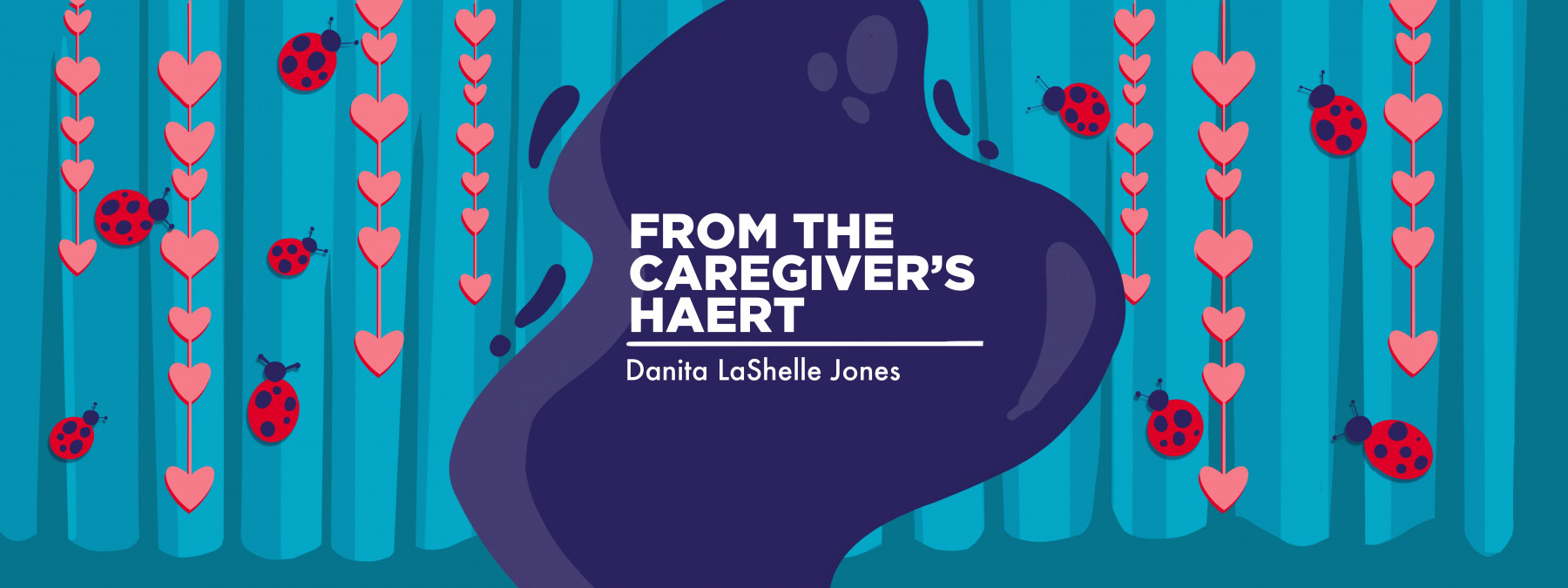As caregivers, we mustn’t overlook the hidden danger that lurks
Understanding prodromes, or warning symptoms of HAE, is important
Written by |

“You all shut down the city for this?” a social media user asked.
“We call this a regular day in Montana,” another chimed in.
Around this time of year, those of us born and raised in the South are used to hearing Midwesterners or Northerners make fun of our “snow days.”
Snow is a rare occurrence where I live. Growing up, I only remember one or two significant snowfalls. If we do get any snow, it’ll probably be 3 inches at most.
So why do our cities shut down? Why is the South famous for panic shopping when temperatures are expected to drop? Why are schools canceled and businesses closed?
Because we know it’s not the snow we have to worry about — it’s the ice.
Invisible threats
Beneath the snow, particularly after a sudden drop in temperature, a thick sheet of ice will cover roadways, sidewalks, and driveways. Most of the time, it’s impossible to see because it blends in seamlessly with the thin layer of fresh powder. Because it makes streets impossible to navigate, we stay indoors. Most of us rely on emergency personnel and other experts to tell us where the danger is and what we need to do to avoid it.
Every once in a while, though, I’ll see people try to leave the safety of their homes to run errands. If they manage to get out of the neighborhood, it’s common to see their vehicles slide uncontrollably down the street while drivers helplessly try to avoid crashing into something. They had assumed that the risk of danger was minimal because they couldn’t see it.
When our daughter, whom we lovingly nicknamed Ladybug, was diagnosed with hereditary angioedema, we were glad to finally understand why the severe swelling in her face, hands, and feet was occurring. For a while, I celebrated when the swelling didn’t happen for a few days or weeks.
But on some days, Ladybug would complain about pain in her belly or throat, tingling in her hands, or that she just felt bad. Soon after these hidden ailments would occur, we’d find ourselves back in the hospital for several days so that she could receive treatment.
When that happened, I’d be confused. I had a handle on all the things I could see. I had a knack for noticing even the slightest puffiness in Ladybug’s features. But stomachaches and tingling? Those were invisible to me.
“The tingling is the warning sign,” Ladybug’s doctor told us during one of our visits. “And those stomachaches and throat pains are possible flares.”
I was shocked. When prodromes, or warning symptoms, had occurred, Ladybug had looked healthy. But inside, she was sick. If these symptoms went untreated, she could be in far worse danger.
Today, I know that even if I can’t see Ladybug’s symptoms, it’s crucial for me to listen to her when she expresses discomfort. I must take the proper steps to ensure that she has everything she needs to be safe.
The most significant thing we’ve learned is to empower Ladybug to be the expert about her own body so that she can tell us exactly what we need to do.
Taking the proper precautions, even when we can’t see the danger, allows us to give our daughter what she needs as she navigates her health journey safely. When she feels safe, we feel better.
Note: Angioedema News is strictly a news and information website about the disease. It does not provide medical advice, diagnosis, or treatment. This content is not intended to be a substitute for professional medical advice, diagnosis, or treatment. Always seek the advice of your physician or other qualified health provider with any questions you may have regarding a medical condition. Never disregard professional medical advice or delay in seeking it because of something you have read on this website. The opinions expressed in this column are not those of Angioedema News or its parent company, Bionews, and are intended to spark discussion about issues pertaining to angioedema.






Leave a comment
Fill in the required fields to post. Your email address will not be published.